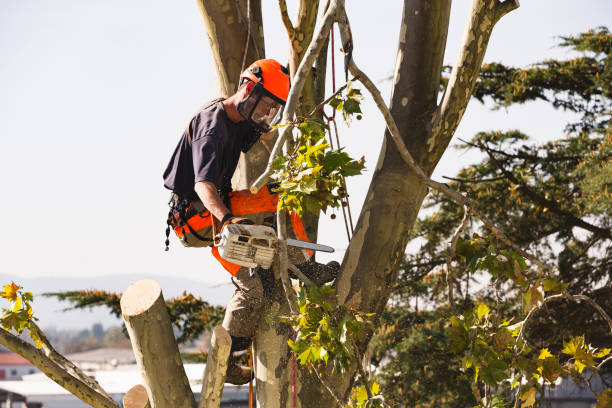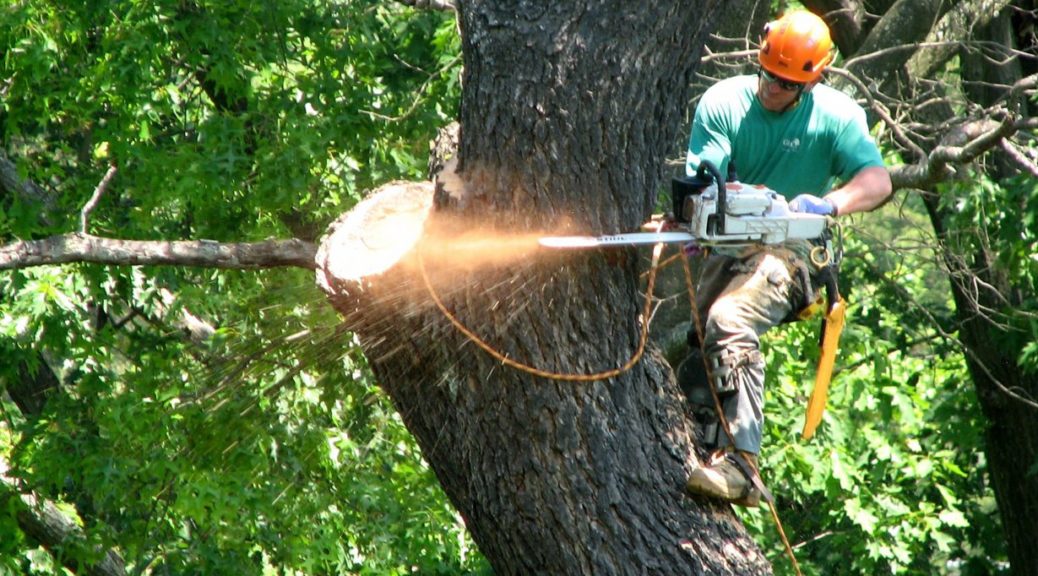Understanding the Value of Tree Preservation and Preservation Practices in Urban Locations
In the bustling landscape of city environments, trees frequently stand as quiet guardians, providing a plethora of benefits that expand much past their aesthetic appeal. Recognizing the value of tree preservation and preservation techniques in these areas is not just an ecological factor to consider but an alternative technique to promoting lasting and durable neighborhoods. As we check out the intertwined fabric of ecological, social, and economic advantages that metropolitan trees supply, it ends up being obvious that their preservation is critical for the well-being of future and present generations. Let us start a journey to uncover the essential role that trees play fit the metropolitan landscapes of tomorrow.
Environmental Benefits of Trees in Cities
Trees in metropolitan locations play a crucial function in offering numerous environmental advantages, adding to the total wellness of city dwellers. One significant benefit is the enhancement of air quality. Trees act as all-natural filters, soaking up contaminants such as carbon monoxide gas, sulfur dioxide, and nitrogen dioxide, and releasing oxygen into the ambience. This process helps in reducing the focus of unsafe gases, making the air cleanser and healthier for residents.

Moreover, trees contribute to water administration by decreasing stormwater drainage and soil erosion. On the whole, the ecological benefits of trees in cities are vital for producing sustainable and habitable metropolitan environments.
Social Relevance of Urban Tree Conservation
In contemporary city landscapes, the preservation of trees holds significant social value for cultivating neighborhood well-being and improving high quality of life. Urban tree conservation plays an essential duty in developing spaces for social communication and neighborhood engagement.

Economic Worth of Tree Conservation
The conservation and conservation of metropolitan trees supply substantial economic benefits that add to the overall monetary well-being of cities and areas. Urban trees offer a broad range of economic benefits that positively affect neighborhood economic situations.
Furthermore, trees play a crucial role in reducing stormwater overflow and minimizing the impacts of flooding, which can result in cost savings for cities in terms of infrastructure repair important site and maintenance. Urban trees also add to improved air high quality by releasing and absorbing pollutants oxygen, causing prospective savings in health care expenses connected with respiratory system diseases. By spending and acknowledging in the financial value of tree preservation, cities can promote sustainable development, improve high quality of life, and produce even more durable metropolitan settings.
Approaches for Sustainable Urban Tree Management
A thorough approach to lasting urban tree management involves incorporating diverse techniques that focus on long-term environmental wellness and neighborhood health. Implementing tree stocks and evaluations is critical to recognize metropolitan tree populations, their wellness, and upkeep needs. Routine pruning, watering, and mulching are vital techniques to ensure tree vitality. Furthermore, taking on tree planting programs that concentrate on native and climate-resilient species can enhance urban biodiversity and sustainability.
Area engagement plays a pivotal duty in lasting metropolitan tree administration. Educating locals concerning the advantages of trees, organizing tree growing events, and including volunteers in tree care tasks fosters a feeling of possession and stewardship. Cooperation in between city government, environmental organizations, and locals is key to establishing and applying efficient tree monitoring strategies.
Buying environment-friendly facilities, such as eco-friendly roof coverings and metropolitan forests, can provide several benefits, including improved air top quality, stormwater monitoring, and urban warmth island reduction. tree removal. Integrating trees into city preparation and layout processes guarantees that trees are valued as essential elements of a resilient and healthy urban environment
Neighborhood Involvement in Tree Conservation
Neighborhood participation is a basic element in fostering sustainable city tree monitoring methods and making sure the lasting wellness and preservation of urban tree populaces. Engaging the area in tree conservation efforts can bring about boosted understanding, gratitude, and stewardship of trees within metropolitan areas. When residents actively participate in tree upkeep, conservation, and growing initiatives, they create a feeling of possession and satisfaction in their local environment.
Neighborhood involvement also promotes social communication Discover More and collaboration amongst residents, regional authorities, and ecological organizations, promoting a shared obligation for metropolitan tree preservation. By arranging tree growing occasions, instructional workshops, and volunteer chances, areas can function together to enhance the metropolitan tree cover and develop greener, much healthier cities.
Final Thought
Finally, urban tree conservation and conservation practices play a critical function in enhancing the environmental, social, and economic health of cities. By acknowledging the value of trees in urban locations and implementing lasting administration strategies, neighborhoods can delight in the countless benefits that trees give. It is vital for stakeholders to actively join tree preservation efforts to make sure a greener and much healthier city environment for future and existing generations.
